Looking at the iPhone 14 from the outside doesn't reveal many changes over the previous model, but large shifts in the internal structure tell a different story.
Some vocal Apple fans complained that the iPhone 14 was nothing but a dressed-up iPhone 13 in disguise, dismissing the model altogether due to the older chipset and repeated design. However, there is more to the device updates than chips or external design.
In an interview with The Sydney Morning Herald, Apple's senior director of iPhone design, Richard Dinh, discussed what makes the standard iPhone 14 special. He reveals how new internal designs make it easier to repair and provide better thermals to the chipset.
"Since iPhone 5, we've used a single enclosure design, what we call a bucket design, and then since iPhone 8 with the introduction of wireless charging, we added the back glass, which was permanently affixed to the aluminium housing," said Dinh, while poking at opened iPhones on a desk. "This meant that any repairs to these internal components needs to happen by removing the display first, and potentially any other pieces, to access the internals, especially the ones located towards the back glass."
Apple changed this design for the iPhone 14, opting for a central aluminum structure that contains the logic board and other components separate from the front and back glass. This means repairs can be performed from either side, and the logic board can be accessed from either side as well.
Repair costs fell drastically from $579 to $275 for a screen fault repair, thanks to the change. The new design removes the need for a copper alloy cooling piece and other components, making the device almost 40 grams lighter.
Even though it has the same processor used in iPhone 13 Pro, it has better sustained performance thanks to the component reshuffling and improved cooling. There's also the improved main camera, autofocus in the selfie camera, and a new ambient light sensor.
After the interview portion, the report shifts to an analysis of iPhone sales data from Telsyte. It again shows that customers increasingly chose Apple's pro models as they always do in the first half of a model year, despite improvements on the standard model and a new Plus model.
It seems that customers who don't choose the most premium new iPhone will look to older models, refurbished or used. They expect the tradeoff for the price to be worth it, assuming the standard models won't offer much differentiation otherwise.
 Wesley Hilliard
Wesley Hilliard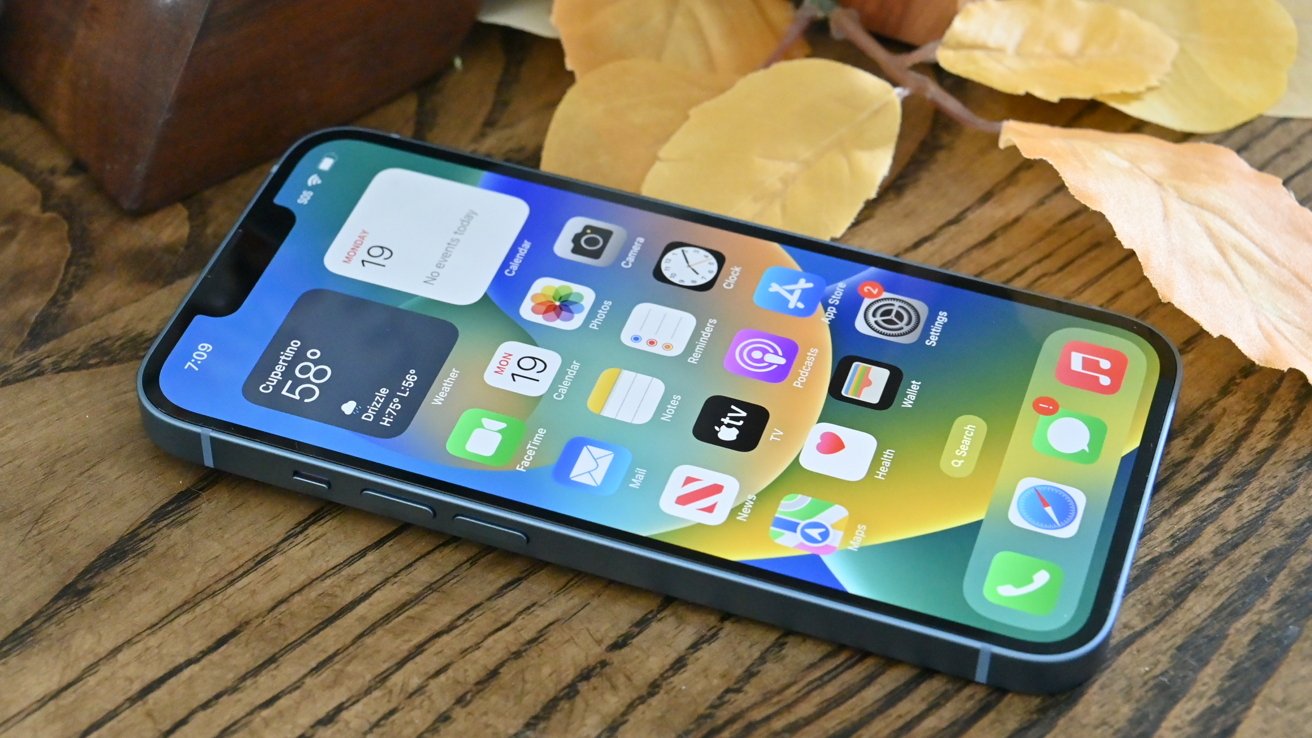
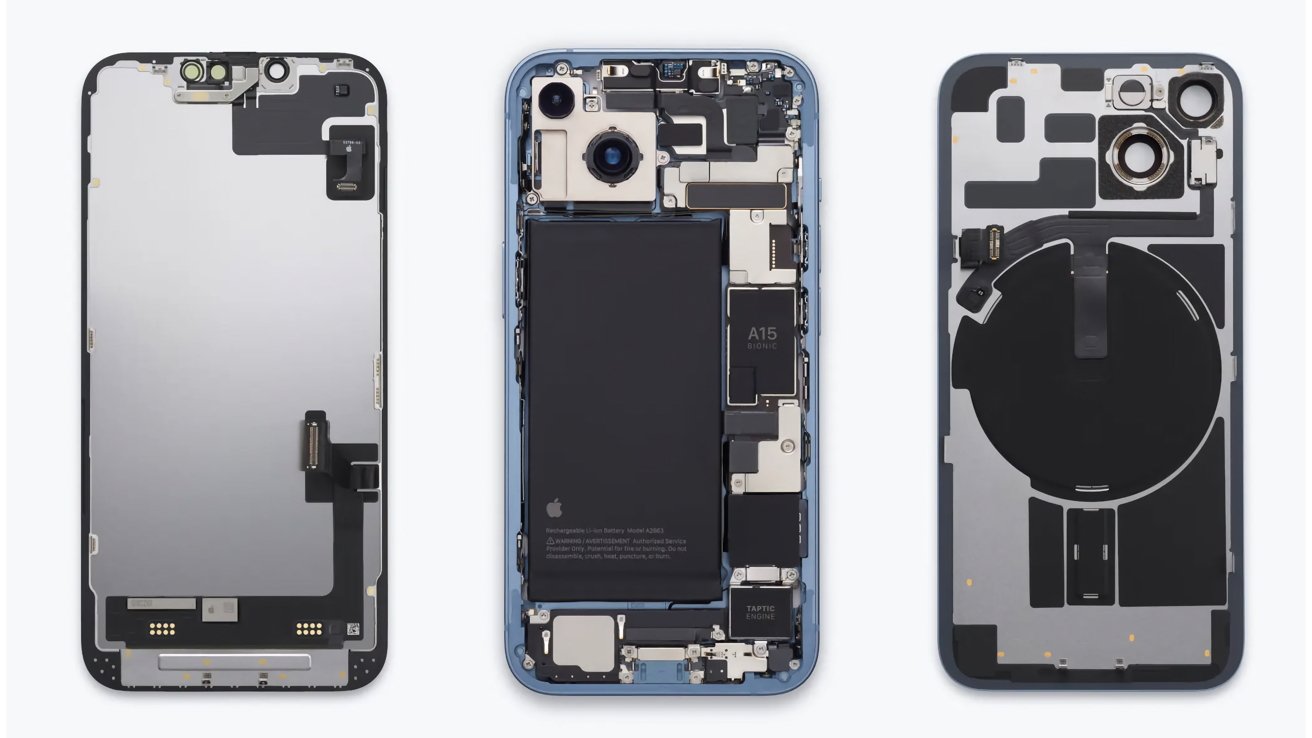




-xl-m.jpg)


-m.jpg)






 Amber Neely
Amber Neely
 William Gallagher
William Gallagher
 Malcolm Owen
Malcolm Owen

 Mike Wuerthele
Mike Wuerthele
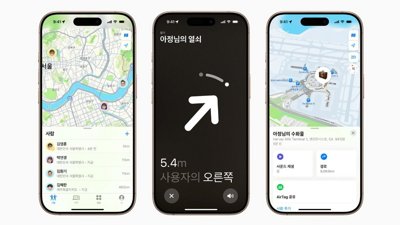

 Thomas Sibilly
Thomas Sibilly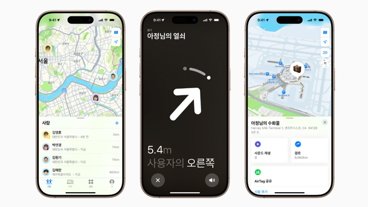
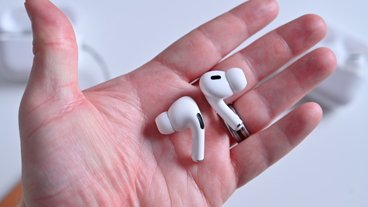






7 Comments
Really looking forward to the iPhone 15 and USB-C. Time for me to replace my Xr.
Supercycle?
Yeah sure. Upgrade from 11 pro max to 14 pro max was disappointing.